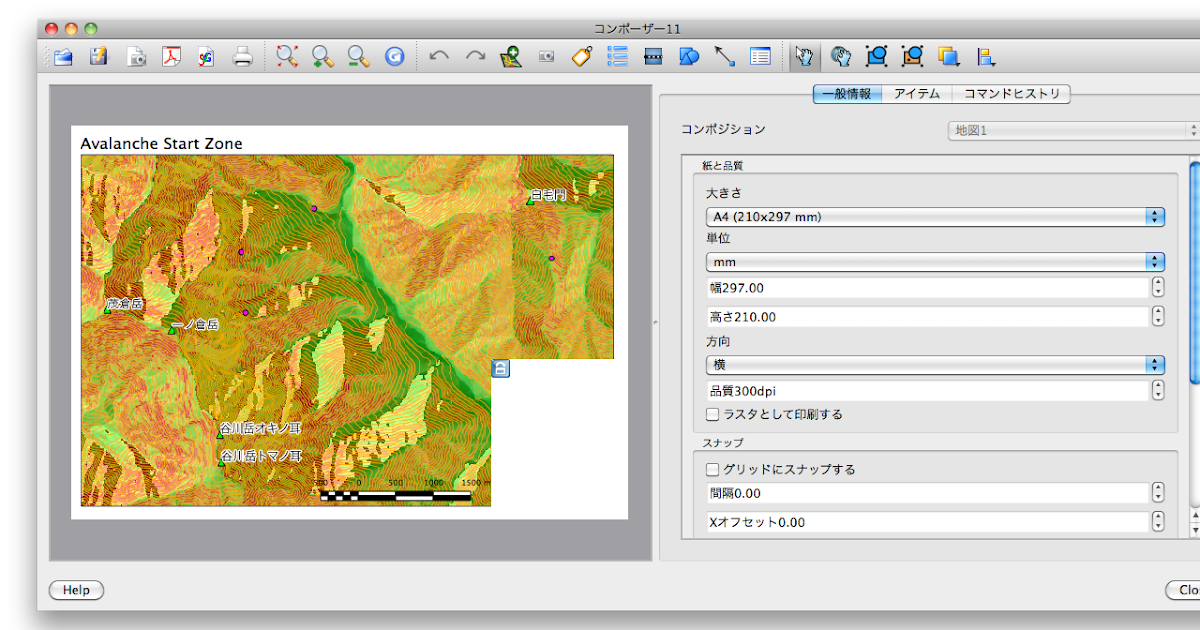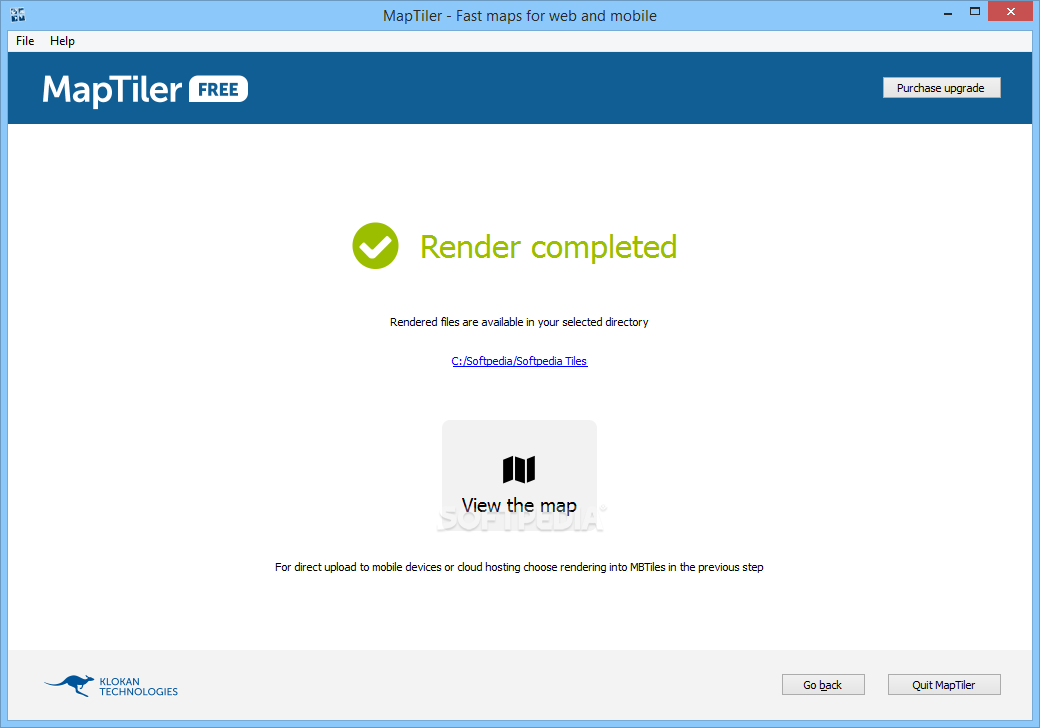
- #MAPTILER NO HTML HOW TO#
- #MAPTILER NO HTML FULL#
- #MAPTILER NO HTML SOFTWARE#
- #MAPTILER NO HTML TRIAL#
Upload the GeoPackage or MBTiles file you created. In MapTiler™ Cloud, go the the Tiles section and click “New Tileset”.
#MAPTILER NO HTML TRIAL#
A trial of MapTiler™ Cloud is available at: This option is best if you are able to pay the subscription fee to MapTiler™, and would like to incorporate GIS data and/or images onto a full, custom styled map.
#MAPTILER NO HTML FULL#
To use a custom full map style containing vector or image data using MapTiler™ Cloud: You can now add widgets on top of your custom map. Ensure you are at a zoom-level for which you have generated map tiles. On a page containing a map, navigate to the map location you have specified and choose the new map type you have created. json files, into your VTScada folder’s appropriate Data\SlippyMapTiles\MapTypeN folder Copy the folder contents, excluding any.If this behavior is not sufficient, consider using MapTiler™ Cloud.This can be mitigated through Map Area limiting: ( Limit the Map Area) If a URL is defined from which to download additional map tiles, these will not mesh seamlessly with those produced by MapTiler™ Desktop.



This option is best if you wish to pay only a one-time fee for MapTiler™, or would like to add a custom image/vector set to a machine that is not connected to the internet. To generate a static image set using MapTiler™ Desktop: To display additional information about sites on your maps, refer to Design Your Own Tagsand Custom Map Icons.) But note that as far as VTScada is concerned, these maps are only raster images.
#MAPTILER NO HTML SOFTWARE#
(* VTScada can use 3rd party software to generate map tiles that contain layers of map and GIS data. If you have a MapTiler account, you can download your choice of map tiles to create a static image set on your server, or you can use their online service if you are interested in a map style that includes vector or image data, including GIS information(*). One of the sources used by VTScada is MapTiler™. Instructions are provided in Change the Map Source.
#MAPTILER NO HTML HOW TO#
In this chapter, we will learn how to initialize a Leaflet web map on our web page, and how to add several types of layers on the map: tile layers (Section 6.5.11) and simple shapes such as point markers (Section 6.6.2), lines (Section 6.6.3), and polygons (Section 6.6.4).Any online map source that uses OpenStreetMap can be used for your map tiles. Using Leaflet, you can create a simple map using just two or three JavaScript expressions, or you can build a complex map using hundreds of lines of code. This chapter and the next two (Chapters 6– 8) introduce Leaflet, a JavaScript library used to create interactive web maps. Now that we have covered the basics of web technologies, we are moving on to the main topic of this book: web mapping.



 0 kommentar(er)
0 kommentar(er)
